In a move aimed at reinforcing Israel’s air defense capabilities, the United States Department of Defense announced today the deployment of a Terminal High-Altitude Area Defense (THAAD) system to Israel. Pentagon Press Secretary Maj. Gen. Pat Ryder confirmed the deployment, authorized by Secretary of Defense Lloyd Austin at the direction of President Biden.
This deployment is a direct response to recent missile threats and unprecedented attacks on Israel by Iran, including two significant strikes on April 13 and October 1 of this year. The THAAD system, accompanied by U.S. military personnel, is designed to bolster Israel’s existing integrated air defense network and provide additional protection from ballistic missile attacks.
“The THAAD battery will significantly enhance Israel’s air defense capabilities, underscoring the United States’ unwavering commitment to the defense of Israel,” Ryder stated. “It will also help defend American personnel and citizens in the region against potential threats from Iran and Iranian-aligned militias.”
This marks the second time in recent years that a THAAD battery has been deployed to Israel. In 2019, the United States stationed a similar system in the country for joint training exercises and as part of a broader integrated air defense strategy.
Following the attacks on October 7, 2023, the U.S. had already deployed a THAAD system to the Middle East to protect its troops and interests.
The latest move is part of a broader military adjustment aimed at addressing the growing threats in the region, particularly from Iran.
The THAAD system is one of the most advanced missile defense technologies in the world, capable of intercepting short, medium, and intermediate-range ballistic missiles during their terminal phase of flight.
In a brief exchange with reporters before leaving Florida on Sunday, Biden said he agreed to deploy the THAAD battery “to defend Israel.” Biden spoke at MacDill Air Force Base in Tampa after making a quick visit to to see the damage caused by Hurricane Milton and meet with first responders, residents and local leaders.
It was not immediately clear where the THAAD battery was coming from or when it will arrive. Lt. Col. Nadav Shoshani, an Israeli army spokesman, declined to provide any timeline for its arrival, but thanked the U.S. for its support.
The U.S. deployed one of the batteries to the Middle East along with additional Patriot battalions to bolster protections for U.S. forces in the region late last year after the Oct. 7, 2023, attack on Israel by Hamas militants. Ryder also said that the U.S. sent a THAAD battery to Israel in 2019 for training.
It also is not unusual for the U.S. to have a limited number of troops in Israel, which the U.S. considers a key regional ally. There generally has been a small number of forces there consistently as well as routine rotational deployments for training and exercises.
According to an April report by the Congressional Research Service, the Army has seven THAAD batteries. Generally each consists of six truck-mounted launchers, 48 interceptors, radio and radar equipment and requires 95 soldiers to operate.
The THAAD is considered a complementary system to the Patriot, but it can defend a wider area. It can hit targets at ranges of 150 to 200 kilometers (93 to 124 miles).
(YWN World Headquarters – NYC)

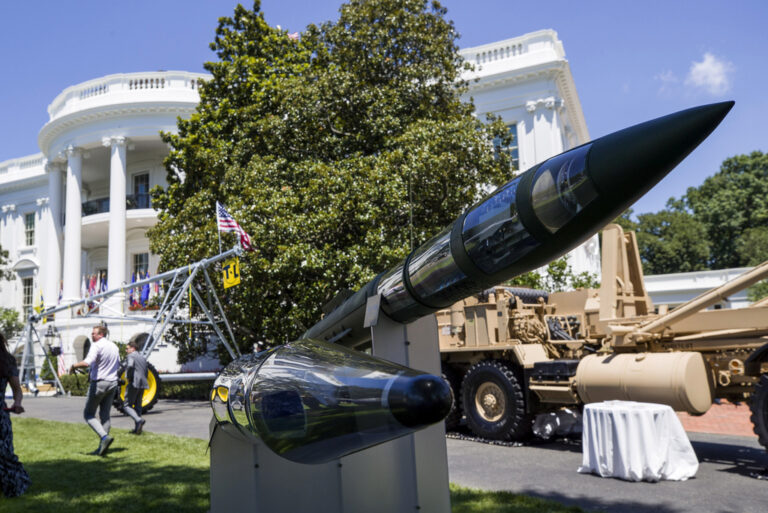


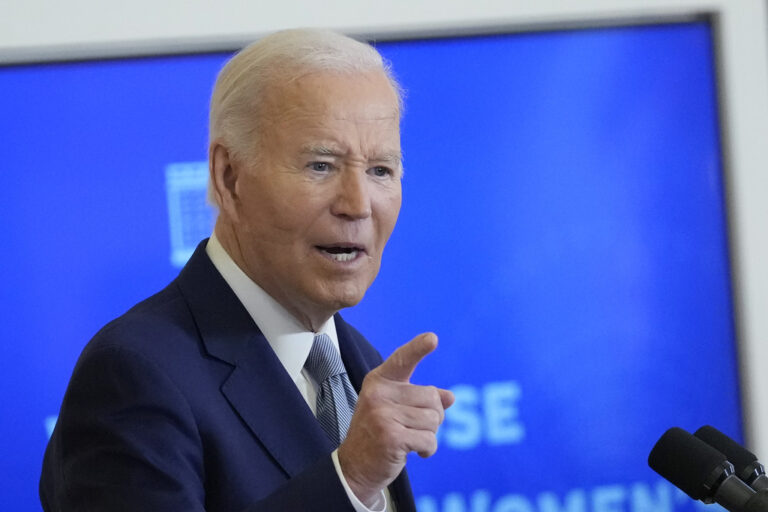
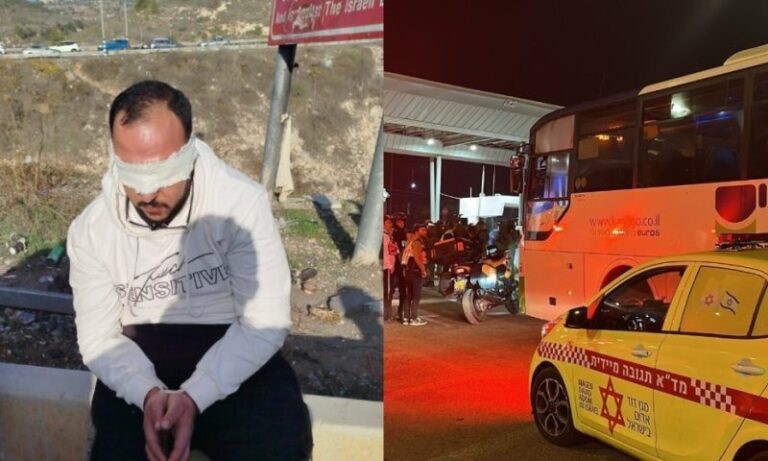


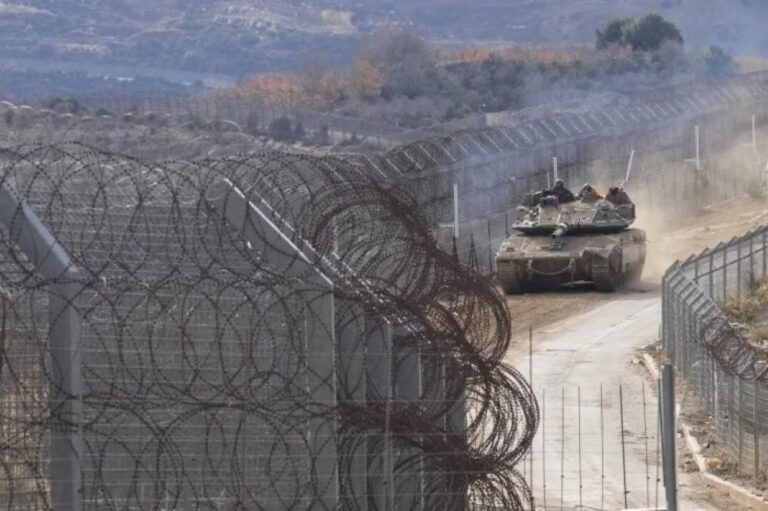

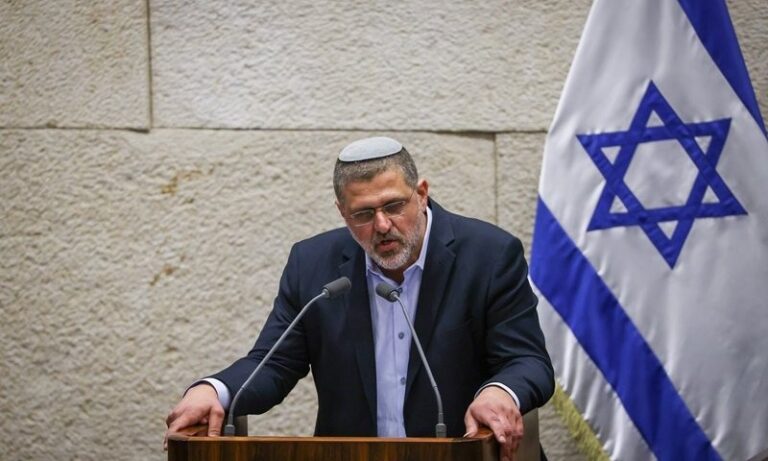

3 Responses
Thank you President Biden and VP Harris. The Jewish community is full of hakoras hatov for all the aid you have given Israel
Soon the MAGA folk will start whining that US tax payer money is being spent on Israel instead of being spent on Hurricane victims. Won’t take the long for them to lump the Jews together with the Ukrainians, Haitians and Venezuelans r”l. It’s time to wake up and recognize that voting isolationist MAGA is a threat to America, Israel and the world.
crazy,
Brandon stabs Israel in the back once again, dictating how they can or can’t respond to Iran and you think he deserves credit for deploying defensive weapons?
The incontinent turd pisses in your face and you thank him for the rain? You’re actually an even bigger nincompoop than he is!